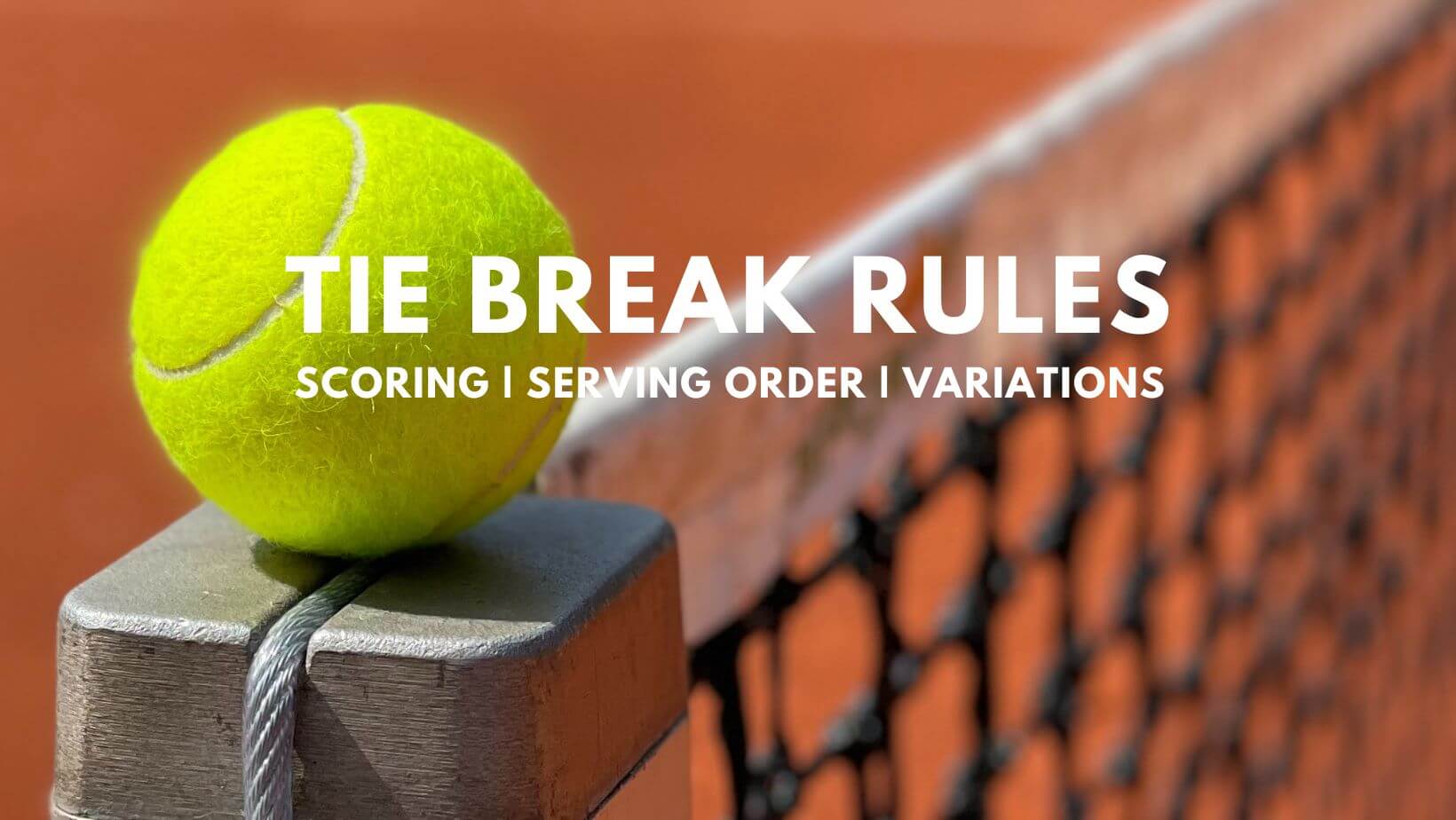Tiebreak Scoring System: Tennis Tiebreak Rules

Tennis tiebreak rules – Tiebreaks are unique scoring systems employed in tennis to determine the winner of a set when the score reaches a 6-6 tie. This system introduces a different set of rules and scoring methods to break the deadlock.
In a tiebreak, points are awarded as follows:
- The first point is awarded to the server, who starts with a score of 1-0.
- The second point is awarded to the receiver, resulting in a score of 1-1.
- Subsequent points alternate between the server and receiver, with the server always starting with an odd-numbered score (1, 3, 5, etc.) and the receiver with an even-numbered score (2, 4, 6, etc.).
The game continues until one player wins by two points, reaching a score of 7-5 or higher. If the score reaches 6-6, the game continues until one player gains a two-point advantage.
Impact on Overall Match Score, Tennis tiebreak rules
The tiebreak system ensures that a set is not prolonged indefinitely in the event of a 6-6 tie. It introduces a more decisive and time-efficient method to determine the winner, ensuring that the match can progress without excessive delays.
Historical Evolution of Tiebreaks

Tiebreaks were introduced in tennis to address the issue of matches that would drag on for hours, sometimes even days, without a clear winner. The first tiebreak rule was introduced in 1970 by Wimbledon, and it has since become a standard part of the game.
The original tiebreak rule was a 9-point tiebreaker, with the first player to reach 5 points winning the tiebreak. This rule was later changed to a 12-point tiebreaker, with the first player to reach 7 points winning the tiebreak. The current tiebreak rule is a 10-point tiebreaker, with the first player to reach 6 points winning the tiebreak.
The introduction of tiebreaks has had a significant impact on the popularity and accessibility of tennis. Before tiebreaks, matches could drag on for hours, and it was not uncommon for matches to be suspended due to darkness or bad weather. Tiebreaks have made matches shorter and more predictable, which has made them more appealing to spectators and players alike.
In addition, tiebreaks have made tennis more accessible to players of all levels. Before tiebreaks, players who were not as physically fit or skilled as their opponents would often lose matches simply because they could not keep up with the pace of play. Tiebreaks have leveled the playing field, and they have made it possible for players of all levels to compete on a more equal footing.
Tennis tiebreaks are a thrilling way to decide a set when the score reaches 6-6. The player who wins the first seven points by a margin of two wins the tiebreak. Novak Djokovic is a master of tiebreaks, having won 85% of them in his career.
His ability to stay focused and execute under pressure has been key to his success at Wimbledon, where he has won six titles.
In tennis, tiebreak rules ensure fair play when the score reaches a 6-6 stalemate. Similar to the unpredictable nature of a tiebreak, the career of Jacoby Jones was marked by unexpected twists and turns. Despite his initial struggles, Jones emerged as a star wide receiver and return specialist, demonstrating the same tenacity and determination required to triumph in a tiebreak.